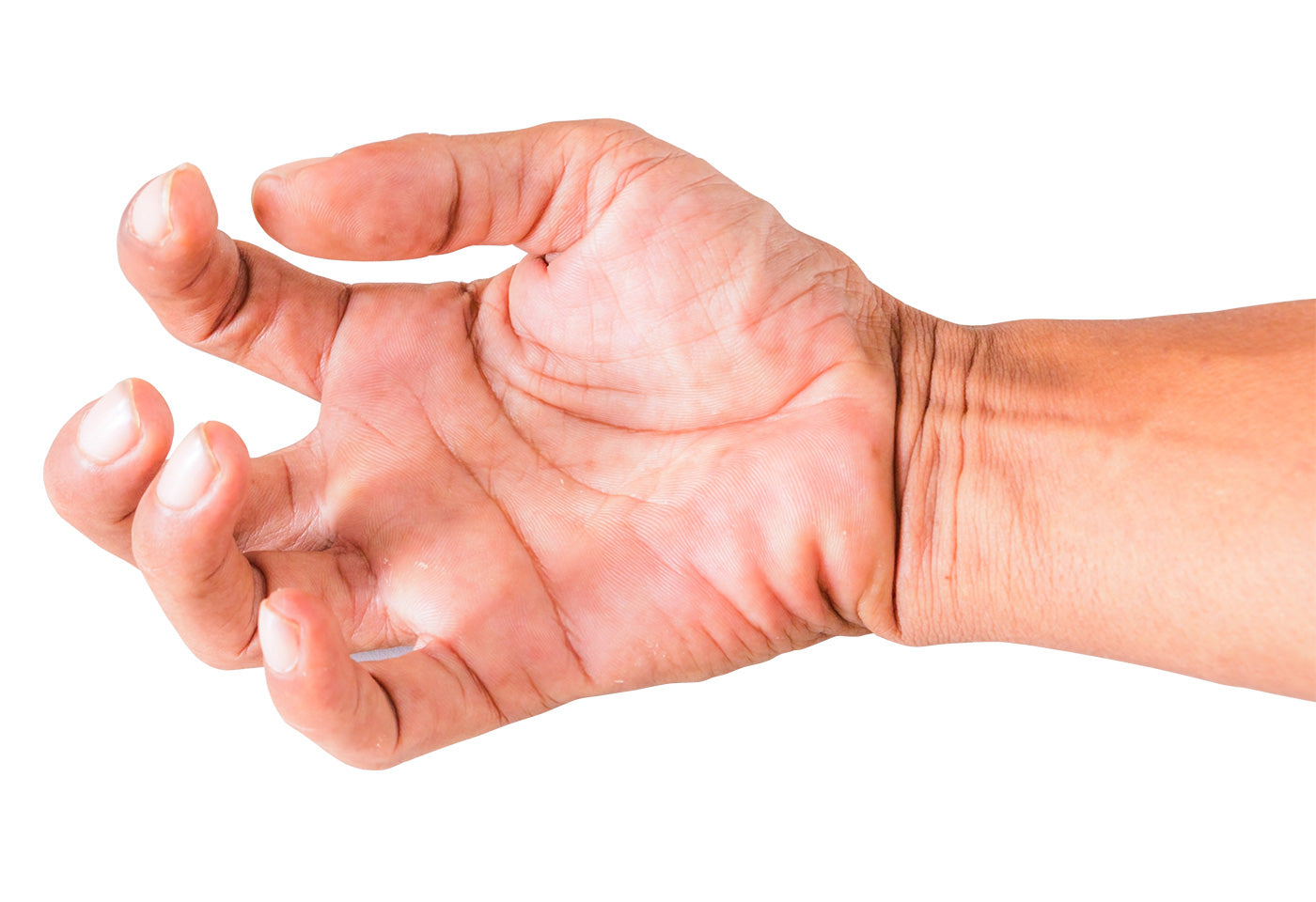
What is Contracture?
Contracture is a loss of motion over time due to abnormal shortening of the soft tissue structures spanning one or more joints. These include skin, ligaments, tendon, muscles and joint capsules. Loss of motion in any of the structures restricts joint mobility leading to pain, stiffness and eventually contracture.
Real life impact.
Daily living such as dressing, eating, transferring, sleeping comfortably or doing any task that requires adequate joint motion can be affected by contractures.
Disuse and Neglect.
Contractures are a common and debilitating problem for individuals who have suffered from neurological or orthopedic injuries. Following a stroke or brain injury, damage to the cerebral cortex and brain stem results in weakness, decreased motor control, sensation, and spasticity.
These clinical findings lead to limited functional movement and learned nonuse. Through disuse, the affected joint becomes less elastic and stiff and eventually contracted.

More than 50%
of individuals develop contractures following stroke. Shoulders and hips most commonly affected.

3 Main Causes
• Immobilization
• Weakness
• Spasticity
Less is not more.
Stroke survivors only use their affected upper limb approximately 3 hours per day. Individuals who have not suffered a neurological injury use their dominant hand for an average of 9 hours per day.
Patients less than 14 days following stroke use their affected upper limb only 38 minutes out of a 9-hour day.
Stiffness. How soon is now?
Shortening of muscles and connective tissue can start occurring within hours/days. Maintaining a shortened position for a prolonged period of time leads to fibrous adhesion formation, loss of sarcomeres and a loss of tissue extensibility.
Don’t give up.
The shortened soft tissue can lengthen over time dependent upon the type and amount of stretch (stress) that is received. Low load prolonged stretch 6-12 hours daily is preferable for contracture resolution. The more functional use of the affected limb, the better the results.
Examples of techniques used to increase range of motion include:
- Passive stretching
- Manual therapy
- Assistive devices
- Serial casting
- Orthoses
- Electrotherapeutic modalities
- Surgery


